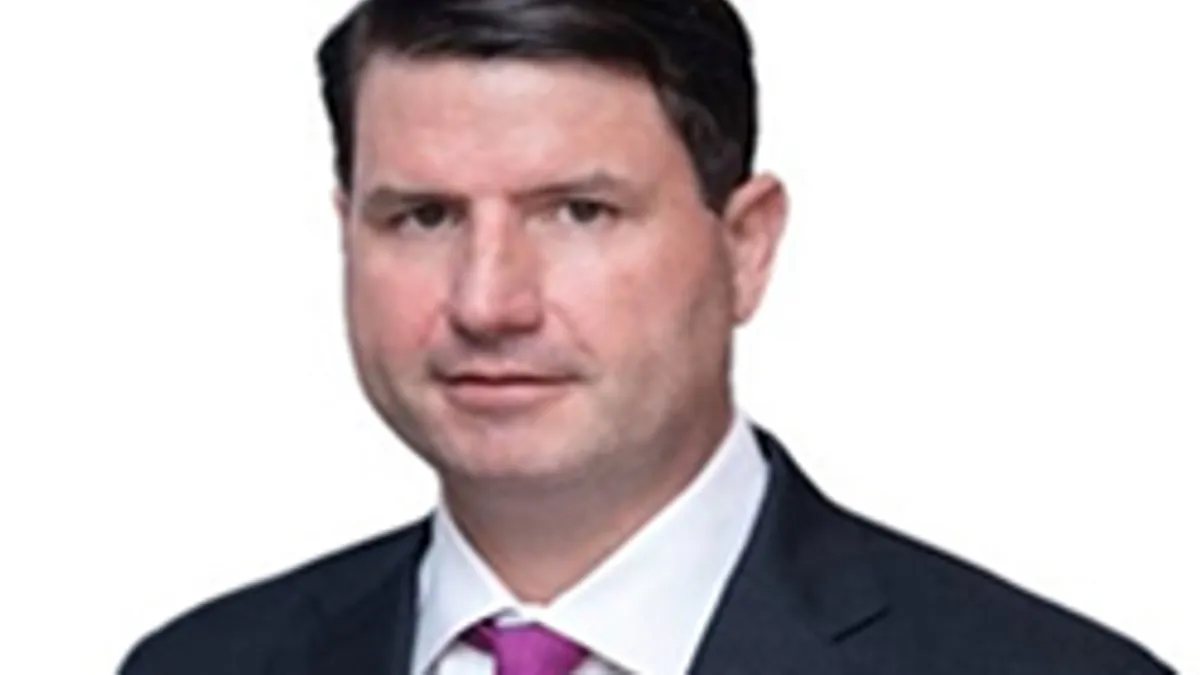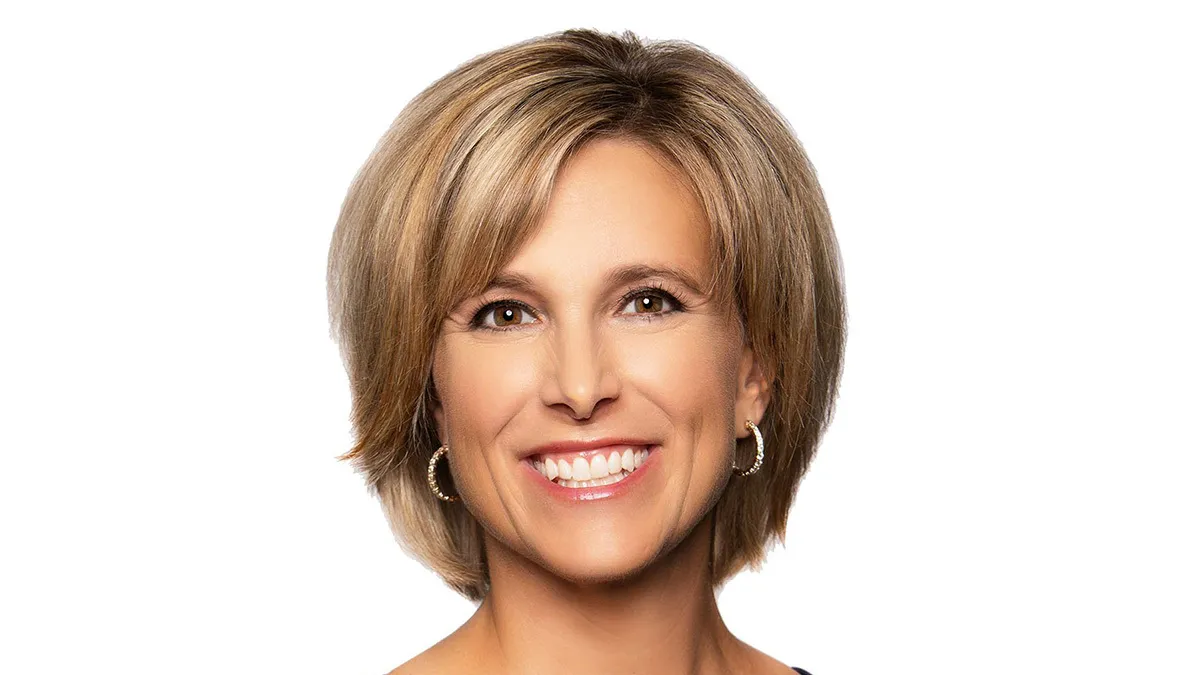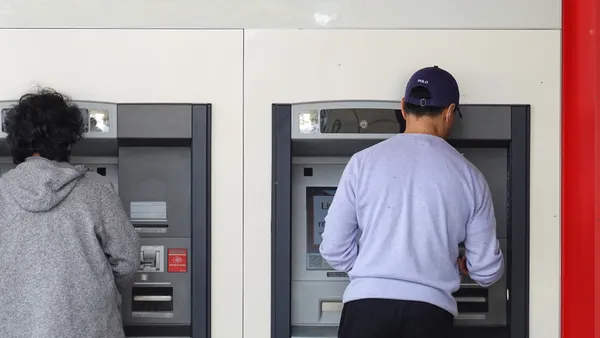Elavon, the card payments processor owned by U.S. Bank, wants to squeeze its way into the fast-growing buy now-pay later business.
Elavon, which currently doesn’t offer a BNPL, is “assessing” how to capitalize in on the new trend, Elavon CEO Jamie Walker said in an interview Friday. Asked whether the company is more likely to build a BNPL offering or buy its way in, Walker said details of Elavon's strategy are being worked out.
“I think it’s going to be a combination of both,” he said. “I would anticipate at a minimum some partnerships to get us going.”
Consumers use BNPL to pay for a product or service over a series of installments, oftentimes four payments. Whether shopping online or in stores, consumers are increasingly being offered the BNPL payment option at checkout, and gravitating to it.
Atlanta-based Elavon’s card processing services are available through a variety of merchants, including the national retailer Costco and hospitality company Choice Hotels, according to online ads. The company is well-positioned to operate in the BNPL arena, Walker said.
As payment competition heats up, Elavon plans to expand its technology team this year. Doubtless, jumping on white-hot digital trends like BNPL are part of the calculus.
Melbourne-based Afterpay, San Francisco-based Affirm and Stockholm-based Klarna are among the fintechs that drove the rise of BNPL and have made it available through merchants worldwide. While the craze started in Australia and spread to Europe, it has more recently arrived on the shores of the U.S., with providers now battling for a slice of the big American consumer market.
Some payment peers are buying into the BNPL space, Square agreed earlier this year to pay $29 billion to buy Afterpay. At the same time, other legacy companies are getting on board with their own BNPL approach. For instance, Mastercard is introducing a BNPL service.
Companies that don’t join in may be leaving money on the table. A Juniper Research report earlier this year forecast spending through BNPL services to surge four-fold to $995 billion by 2026, from an estimated $226 billion this year,
While merchants are typically required to pay higher fees for BNPL processing relative to more standard card rates, research has suggested they make that money back through bigger transaction sizes and more return business.
Whether that’s the case long-term may depend on how the payments environment, including regulation, changes as the industry grows.
Regulatory scrutiny may be starting to catch up with the industry’s growth. While there has been little movement on that front in the U.S., a significant development occurred last week in BNPL’s birthplace in Australia. There, merchants can now impose surcharges on consumers to recover their costs for the service, thanks to a move by the Australian central bank last week ending BNPL providers’ prohibition on such surcharges.
As a processor that’s mainly active in North America and Europe, Elavon won’t have to worry much about what’s happening in Australia, but regulatory actions can become trends too.












